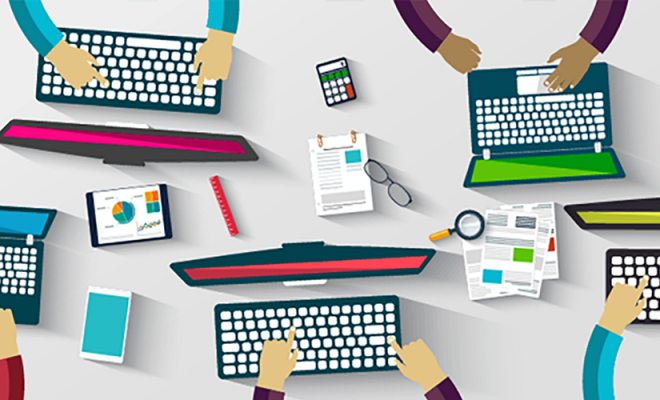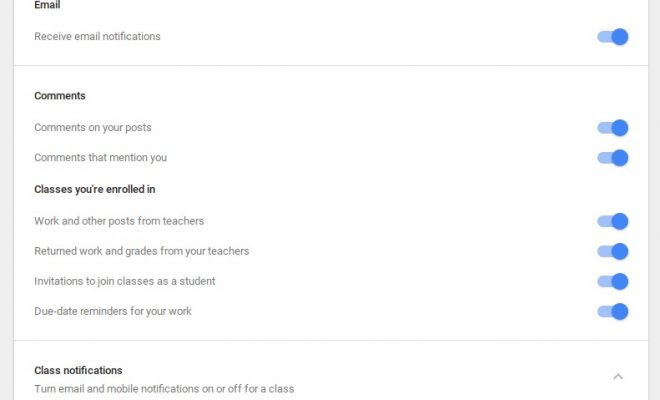Myths about Using Tech in the Higher Education Classroom

Colleges are increasingly embracing the use of tech tools in teaching. Nevertheless, a lot of college professors still prefer conventional teaching methods. This could be attributed to teaching experiences as well as preconceived notions and myths on the use of digital tools to educate.
Myths about EdTech, together with concerns about the quality of education incorporated with technology, are limitations to EdTech. This article seeks to highlight and dispel some of these myths.
- Math can only be taught face to face
Educators will argue that students understand math best when taught in a face-to-face classroom setting. Complex math concepts are better understood when the educator can interact with their students. An instructor, in this situation, can easily assess learners’ weaknesses, strengths, and grasp of the concept.
While there cannot be a better substitute for a teacher in the classroom, there are digital tools and online platforms that prove to be just as effective. These online platforms provide material and personalized learning experiences for learners. Depending on how well the student interacts with the material, the outcomes could be as good as in-person learning.
Digital learning could also complement traditional learning practices, enhancing the teaching process and learning. Technology, through online tools, can be a source of additional material for both the educator and the student. Tests can also be administered and evaluated online, helping the professor or other instructor save precious time.
- Online Learning Is Characterized by Minimal Interaction
According to this myth, there is limited interaction between a student and the professor and a student with his or her companions. Digital learning tools downplay the importance of student-professor outcomes in learning, and the outcomes may be negative as a result.
There are, however, tools that alleviate this concern. These tools are mostly online spaces and platforms with features that enable discussions and conversations. Such spaces are like the traditional classroom but without the physical walls.
- Technology Will Replace Professors
Digital learning tools are in constant advancement, and one may wonder whether tech through AI may soon replace teachers in the classroom. This concern may be one of the reasons why educators in colleges are against EdTech.
This is a valid concern, given the huge potential of AI to change the classroom dynamic. However, there can never be a good enough substitute for a good teacher. That said, professors can employ these tools to enhance a learner’s experience for the best possible student outcomes.
Conclusion
There will always be resistance to change, owing to fears and concerns about how technology may affect the traditional classroom and all the stakeholders involved. Professors, in particular, may feel the need to protect their practice and livelihoods by resisting digitized education tools and systems. If properly utilized, EdTech promises to give better learning outcomes, helping students to unlock their full potential. Nevertheless, it is up to the stakeholders of higher education to determine how best to incorporate technology in the classroom






